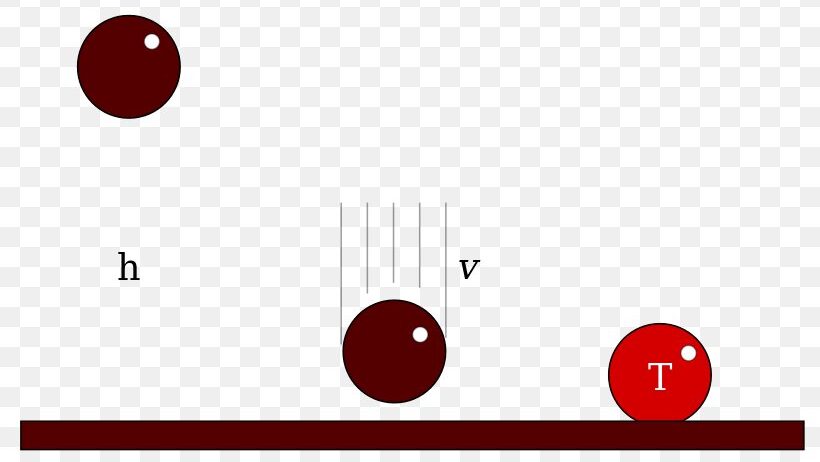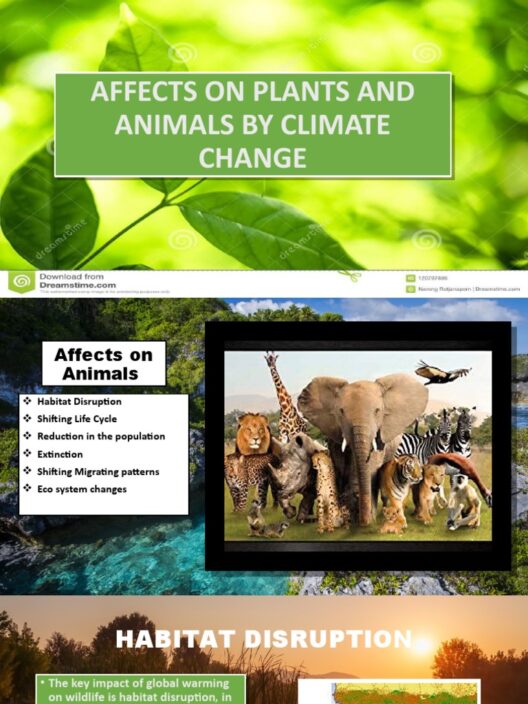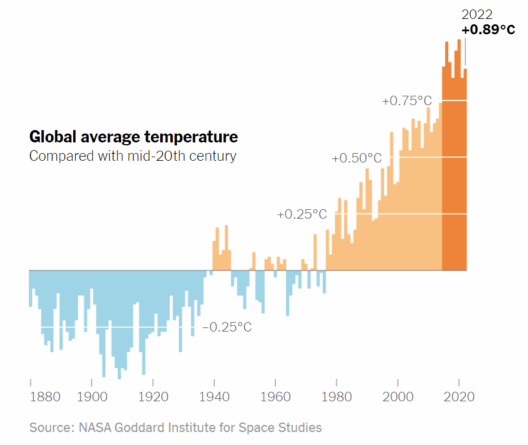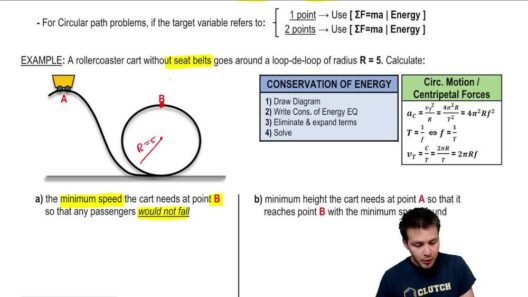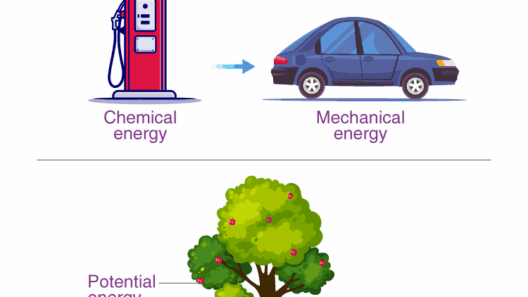As autumn unfurls its colorful tapestry, leaves pirouette gracefully from trees, capturing the essence of a unique physical phenomenon—energy conservation. This simple act of falling reveals an intricate interplay of forces and energy types, beckoning us to delve deeper into nature’s laws. Understanding what energy transformation occurs when a leaf descends to the ground unveils a wealth of knowledge about physics and the environment.
The story of a leaf in free fall begins with potential energy, this is the energy an object possesses due to its position. In the context of a leaf clinging to a branch, its elevation grants it gravitational potential energy. This energy is contingent upon two key factors: mass and height. As a leaf dangles precariously from a branch, it is held up by both the branch itself and the molecular makeup that allows it to remain attached. The higher the branch, the greater the potential energy stored within the leaf.
As the leaf’s attachment weakens, either due to environmental factors or natural senescence—chemical changes that contribute to aging—the potential energy begins to transform. Upon detachment, the leaf embarks on a journey free from its arboreal tether. This moment marks the conversion of gravitational potential energy into kinetic energy, the energy of motion. Kinetic energy is influenced by the mass of the leaf and its velocity as it descends. These principles adhere firmly to the conservation of energy, a cornerstone of physical science which posits that energy cannot be created or destroyed, merely converted from one form to another.
The descent of a leaf is not merely a simple drop; it is a complex ballet between various forces. As the leaf falls, gravity exerts a constant downward pull, accelerating its motion. However, air resistance, or drag, comes into play as the leaf slices through the atmosphere. This interplay of forces causes an interesting phenomenon: the leaf does not plummet straight downwards. Instead, its shape and structure create turbulence, cushioning its fall and altering its terminal velocity. Terminal velocity is reached when the downward force of gravity is countered by the upward drag force of the air. At this point, the leaf’s kinetic energy stabilizes, resulting in a gentle descent rather than a catastrophic plummet.
As the leaf nears the ground, the transformation of energy becomes ever more pronounced. The kinetic energy approaches zero just before impact, because at this moment, the leaf is reduced to a state of rest. Here, we witness the convergence of mechanical energy forms; the remaining kinetic energy dissipates upon contact with the ground, often converting into minor vibrations or heat. The energy does not vanish, but rather becomes transferred into the earth, into the surrounding environment, or is absorbed by the ground.
Interestingly, the impact of the falling leaf initiates further ecological implications. When leaves fall to the ground, they contribute to the detritus that plays a crucial role in nutrient cycling within the ecosystem. The decomposition process, powered by microorganisms, transforms the leaf’s organic matter into rich compost—soil fertility enhancer. This circular economy illustrates energy conservation not solely in physical terms, but as a matter of ecological significance. The leaf that once hung high in the tree contributes energy back to the soil, nurturing life anew.
From a broader perspective, the act of a leaf falling becomes a microcosm of larger ecological processes, hinting at the delicate balance within our natural systems. By observing the cycle of a falling leaf, one might appreciate how nature has honed methods of energy preservation and transformation over millennia. This perspective invites us to consider our interactions within these systems. Are we not participants, too, in a grander energy conservation effort? Just as the leaf stores potential energy, we can consider how our energy consumption impacts the earth’s systems.
Moreover, shifts in attitudes toward energy conservation and efficiency are more crucial than ever. The metaphor of the falling leaf urges us to reassess our own ‘energy heights.’ Can our lifestyles reflect the energy conservation demonstrated in nature? As we transition more toward sustainability, fostering practices that mirror natural energy cycles—not wasteful, but restorative—should be a goal. Investing in renewable energy sources, mimicking eco-cycles, and advocating for conservation are vital steps we can collectively undertake.
In essence, the energy conservation that occurs when a leaf falls encapsulates profound scientific principles and invites a metaphorical reflection on our place within nature. It ignites curiosity about the physics that govern our environment while also prompting deeper considerations of our role as custodians of the Earth. Through observance of simple phenomena, such as a leaf’s descent, we can begin to comprehend the broader tapestry of life, energy, and conservation, embracing a mindset that aligns with nature’s rhythms.
As leaves rustle in the breeze, they are not merely falling. They are engaging in a dance of energy, an inherent principle of the natural world. By tuning into these subtle lessons, we can foster a more harmonious relationship with our environment, ensuring that we, too, contribute to a sustainable future.


